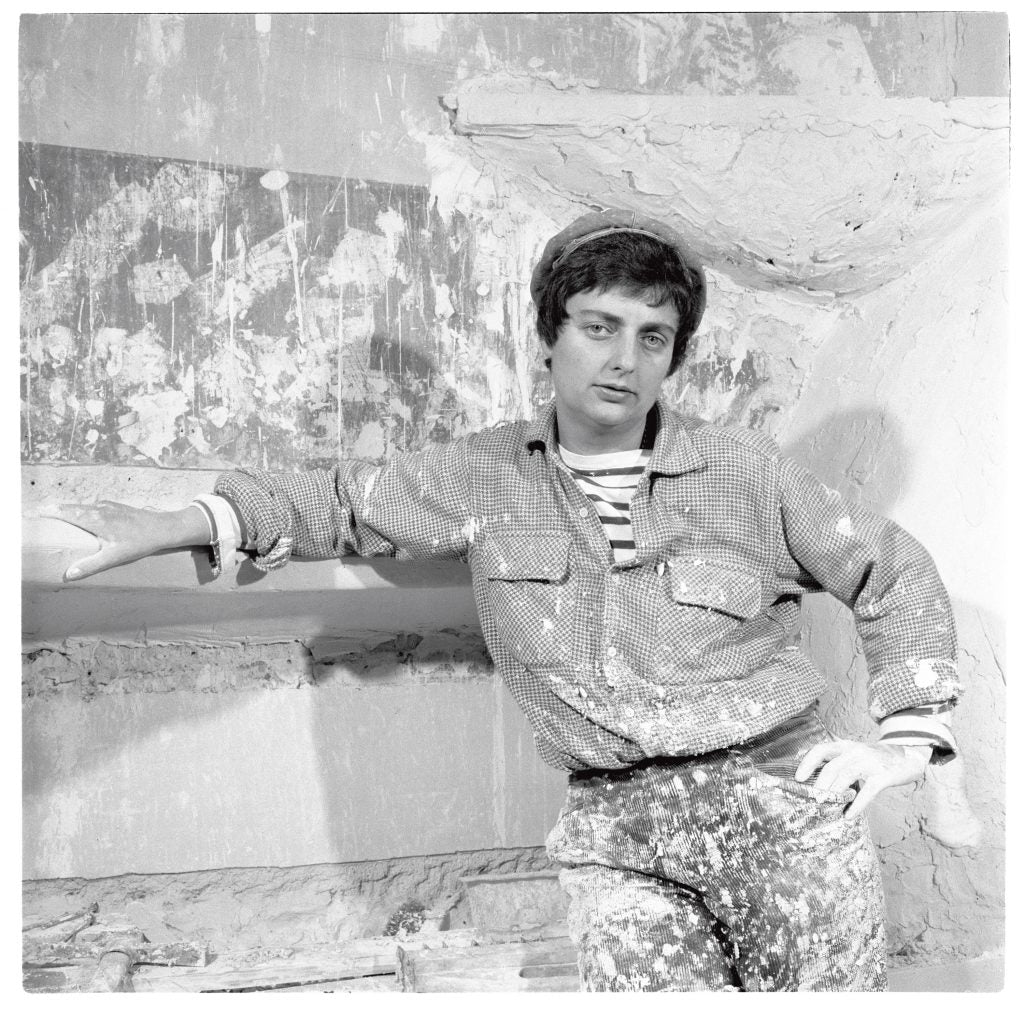The artist and artisan Valentine Schlegel was born in 1925 in Sète, a port city in the southeast of France. She owes her passion for handmade goods to her family of craftsmen. She studied drawing in Montpellier. Subsequently Schlegel worked in various creative fields from costume designer to prop specialist and finally as a stage manager.

She is one of the most sophisticated, albeit lesser known ceramists of the 20th century. Organic abstraction, sensual curves and a modernist sense of minimalism are the keywords that describe the artist’s work pretty well.
From 1945 Valentine commuted between Paris and Sète. Inspired by her hometown, she reflected the forms and feelings of the South in her art. For example, the wave-like movements of the sails from Sètes harbor life lend expression to her abstract work. She has always been interested in working in a concentrated and creative way and of course in discovering new materials, people and influences.
Paris, on the other hand, at that time had many advantages for a life as Valentine imagined it. On the one hand one could live there clearly more comfortably as a lesbian and she was attracted by the artistic freedom. Her art practice changes daily. She mastered a variety of techniques and made everyday objects from sculptural forms. Including wooden cutlery, ceramic vases and leather bags. In addition, she created many architectural elements made of plaster, which were intended for interiors.

Valentine Schlegel (left) and her assistant Frédéric Sichel-Dulong in Théoule-sur-Mer, 1966. Photo Catherine Bouroche
She started her own business in the early 1950’s and created her own ceramic vases in the middle of the 50’s, reminiscent of Henri Matisse’s paper cuts. They are abstract, curvy and inspired by the organic outlines of birds and trees. Their objects are meant for everyday use and show something useful. Nevertheless, they are always based on the aesthetics.
This vase was created in the 50s and reminds of a group hug or athletes putting their arms around each other. The photo was taken by French filmmaker Agnès Varda.

“A pot is designed to hold flowers. Without flowers, it’s nothing. To have a life of its own, it must also be a sculpture,”
From 1960 she expanded her passion for stoneware and the art of burning. Her greatest life’s work are the sculptural plaster fireplaces. They were so successful that they continued to produce domestic fireplaces until 2002. However, these stunning plaster interiors were more frequently commissioned for private assignments and their immovable nature could explain why her work is little known today.

However, her work later received recognition, as French artist Hélène Bertin dealt extensively with Schlegel's work and produced a book and an exhibition of her work. The life stories and practices she learned from assistants, family, students and collectors of the artist, since Valentine herself suffered from Alzheimer's since 2005.
»This Woman Could Sleep in Water«


